When was the last time you sat through the ad break? If you watch TV on Sky Plus, you probably hit fast forward automatically. If you watch the old-fashioned way - live - you may now reach for your second screen (smartphone or tablet) and check Twitter or Facebook instead. Or maybe you’ve ditched the TV altogether and get your TV kicks online via Netflix or 4oD, or via DVD boxsets?
Small screen entertainment is changing before our very eyes, and traditional ads have been hit hard. Fmcg spend on traditional advertising is in decline, down 5.46% to £1.47bn in 2012, according to Ebiquity, to the lowest level since 2006.
At the same time, spend on digital advertising is soaring, with fmcg leading the charge. A report released in April by PwC and the Internet Advertising Bureau (IAB) says spending on digital display advertising rose 15% to £1.30bn in 2012. Spend by fmcg brands increased at an even faster rate, up 23% to £208m, and now accounts for 16% of digital display advertising. Food and drink advertising budgets are still flooding into advertising - it’s just they’re heading more and more into digital.
So how powerful is digital advertising? Does a slow and painful death for TV and print beckon? And how can brands best exploit the emerging digital methods to make consumers splash the cash?
In terms of power, Facebook has plenty of knowledge. It boasts more than 33 million users in the UK and, because of the information it holds on them, can allow brands to be ultra-selective about who sees their ads by drilling down into micro-demographics. Yet Facebook’s power doesn’t just come from that level of reach, or because it can offer brands the chance to maximise ad spend with ultra-specific targeting. In February, it revealed a string of juicy fmcg case studies and one, for Pimm’s, gives a clear insight into why social media brings a whole new skill set to the table.
33m
The number of Facebook users in the UK. And because Facebook is able to offer advertisers ultra-specific targeting, its smartphone ad revenue alone was £240m in Q1 of 2013
If you had to name a weather-dependent drink, Pimm’s would top the list. For fans, if it’s raining, it’s redundant, if it’s sunny, it’s essential. A TV spot or print campaign planned by Pimm’s months in advance has no chance of predicting the British weather, but by using Facebook, Pimm’s can react immediately.
“When we had those fleeting moments of summer last year, Pimm’s was able to jump on them,” says Facebook’s global head of creative solutions Rob Newlan. “When it wasn’t sunny, they could talk about the endless rain, showing solidarity with their fans while putting Pimm’s right at the centre of their minds.”
The ease and flexibility of Pimm’s ‘thermally activated’ campaign won it 15,000 new customers - and people who saw the Facebook ads spent 14.3% more on Pimm’s. The campaign reached 20% of UK adults and generated five times ROI. Not too shabby.
With brands switching on to the immediacy of digital, Facebook is raking it in, claiming its smartphone ad revenue alone was £240m during the first quarter of 2013, up 14% on the previous three months and a staggering 150% up on the three months to 30 September.
“Media spend online is growing faster than any other form of advertising,” says Adam Donaldson, director at marketing analytics specialists Ninah. According to Zenith Optimedia, it accounted for just 1% of UK advertising spend in 2001, then 36% in 2012 through to a predicted 41% in 2015. “Advertising on Facebook is a relatively low cost form of reach and it’s effectively TV delivered to your target audience on a digital platform.”
John Barton, CEO of Testify Digital, says he sees “massive growth” of digital spend year-on-year as brands realise the potential. “Brands are intelligent enough now to recognise the long game,” he says. “They are thinking, ‘Is it more important for me to get my new product to Shelley on a Saturday night during the X Factor? Or is it more important for me to get Shelley to join my Facebook page so I can expose her to my message every single day, in her news feed, in between her friends’ posts? It’s not hit or quit. It’s intelligent.”
And it’s not just Facebook. Twitter is also huge. It has more than 10 million users in the UK and - significantly - the majority love TV. Twitter says when the number of tweets hits its peak, 40% of that traffic is about TV - and that includes the ads.
Twitter claims every single ad shown on TV gets tweeted about, and the way Twitter works means that although Morrisons’ Christmas ad was tweeted about 1,000 times, those tweets were seen by more than 500,000 people. If the tweets are positive, then Twitter has generated what Donaldson terms “earned media” for the brand - good old-fashioned word-of-mouth recommendations, but ramped up to a whole new level.
“The amplification of the brand via electronic word of mouth has been seen to have a small but statistically significant impact on sales,” he says. “Earned media is on the radar for all forward-thinking brands.”
However, the unpredictable nature of social media, whether Facebook or Twitter, means what is being said about a brand is largely out of its control. So brands have to try and take ownership by choosing their moment perfectly - and playing the game.
A good recent example is M&S, which started tweeting the second Simon Cowell’s Food Glorious Food came to an end a fortnight ago. The prize for winning the show was to see the winner’s product end up on M&S shelves, so M&S drove the Twitter conversation, dictated the hashtag, publicised the winner and linked to an ad for the winning product on YouTube.
41%
Percentage of UK advertising spend expected to go into online channels in 2015, according to marketing analytics specialists Ninah. This is up from just 1% in 2001, and 36% in 2012.
Brands looking for a more conventional way to advertise on social media can also pay for ‘promoted trends’ and ‘promoted tweets’ on Twitter, or ‘sponsored stories’ on Facebook in order to get people talking. Coca-Cola created the hashtag #holidaysarecoming and paid to get the promoted trend to the top of the UK trending chart just before Christmas. It got a huge hashtag spike of 1,000% in return.
They’re impressive numbers, but whether it’s a million uses of hashtags, re-tweets or a million likes, what counts is big sales. The recession has made brands even more keen to justify ad spend by measuring campaign success, Barton says, a process made easier by the fact digital campaigns deliver explicit clarity into the customer journey from the moment they first see the campaign to the moment they decide to make a purchase.
Advertising Spend
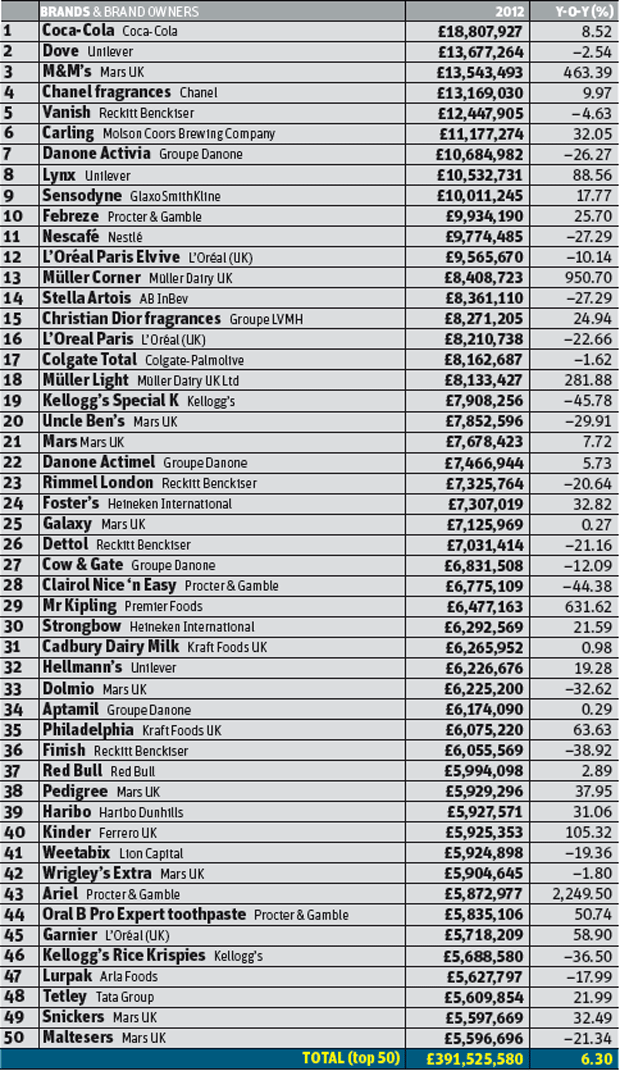
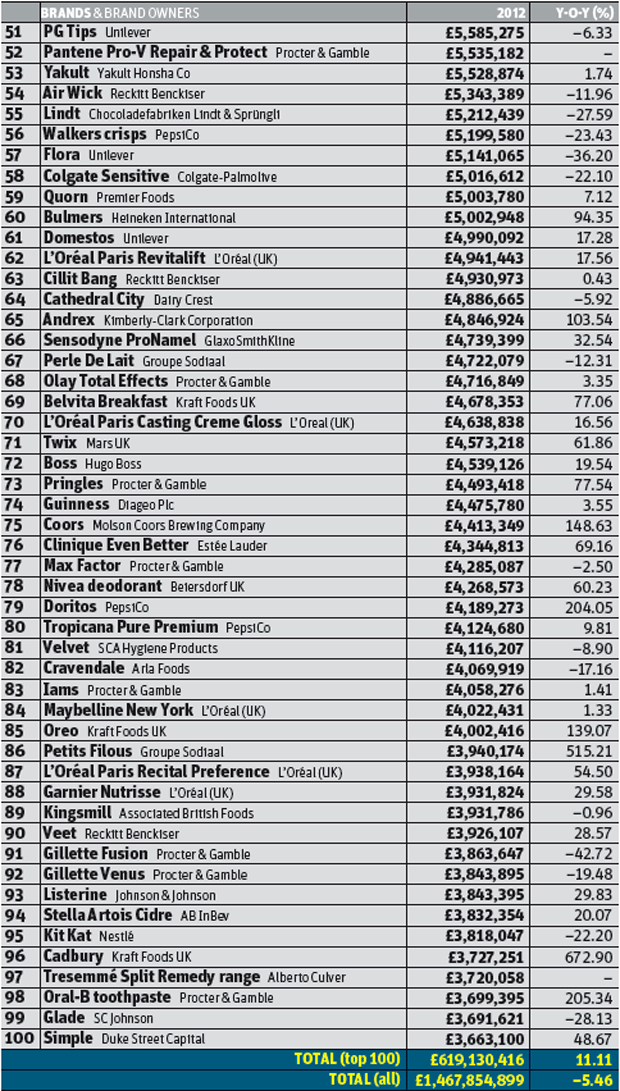
Better tracking
“I marvel at the amount spent on TV creative when brands are basing success on spikes, but nothing concrete,” he says. “Whereas with a digital campaign, I can tell you exactly how many eyeballs have seen it - to the number. I can tell you exactly how much time was spent dwelling within the creative or at what point people switched it off. I can give you that degree of accuracy. There is no solid user journey you can track with TV but we can track email addresses across social media and purchasing to tie back conversion to a first engagement on Twitter. And that is the golden goose that brands are chasing at the moment.”
To reassure brands, Facebook deliberately uses familiar tried-and-trusted third-party data companies to track that journey.
“Clients want to understand their money is being spent in a worthwhile way on Facebook,” says Facebook measurement guru Alex North. “We work with research companies like GfK, Kantar Worldpanel and Datalogics to assess and understand that closed-loop ecosystem, where you can establish someone has seen a Facebook campaign and behaved differently as a result. Clients are asking for comparable metrics. They want to know how Facebook lines up against TV. And using the same companies and solutions that clients are already using to measure other channels works, because business success metrics are the same as they always have been. We’re just applying it to another platform.”
Where it gets really interesting, however, is when new media combines with traditional advertising channels like TV and print. In fact, says Donaldson, social media needs to feed off channels like TV to thrive.
“A Facebook campaign that is closely related to a TV campaign will have a significant ROI that, due to the synergistic effects of TV, will far outweigh a solus online campaign,” he says. “Brands committed to social media should exploit TV. Even if the campaigns are not co-ordinated or sequenced, online ROI can be boosted by exploiting key recognition touch-points established on TV and equated with the brand by consumers.”
Even Facebook highlights the power of TV: North describes “observable synergy effects with other media, where the common creative observed in two different platforms helps to drive home the message and product perception”. And Barton believes merging TV and digital to create an über-campaign is the future.
“Brands can advertise on TV but leave a cliff-hanger ending so viewers have to go to Facebook to see how the story ends. Then once they are there, brands can introduce a ‘light gateway’, where the consumers have to ‘like’ your page to see how the story ends. There is a value in that because it gives marketing directors an opportunity to re-sell. The more savvy brands don’t see social, TV and digital in a silo but as one joined-up campaign.”
However, for a multi-channel campaign to be effective, it’s important to take careful aim when targeting consumers, says Barton. “If I put a commercial out on ITV primetime saying ‘Win an iPad by liking my Facebook page’, all sorts of demographics will like that page. And you will either end up with a stagnated audience or you will get a lot of drop-off. Both are bad. So it’s all about merging good, effective, creative content with the power of social media to help target the right people. And we are definitely seeing a lot more of that.”
Sky is combining social media-style tactics with new technology to leave behind the scattergun advertising approach of yesteryear, launching Adsmart, which gives brands the chance to target specific audiences with their ads during live TV. Sky will build a library of ads on the hard disc of a customer’s Sky Plus HD box, then, based on the detailed information it holds on its customers, insert relevant ads into live TV.
For instance, Renault could show an ad for a people carrier to a family during Coronation Street, but a sports car for a younger customer without kids watching the same show. Adsmart is scheduled for a trial in August, ahead of a full launch in January 2014. It’s not just Sky getting personal, either. Channel 4 has created Adapt, which will enable brands to target online users based on the information they provided when they signed up to 4oD. Elsewhere, ITV and Virgin Media are reported to be considering their options.
So if you have an itchy trigger finger hovering over the fast-forward button while watching Sky Plus, you might start finding, thanks to AdSmart, that you don’t hit fast forward as often as you used to.
And even if you do, advertisers are finding new ways to get their messages across. One is the bookend sponsorship route. A more recent innovation, pioneered by Volkswagen, is the ‘slowmercial’.
10%
Sky’s stake in app Zeebox, for which it paid a reported £8m last year. Zeebox allows viewers to chat with others watching the same shows, and click on ‘zeetags’ to access content or products.
Acknowledging that “delayed viewing is a growing threat to traditional advertising”, with “over 80% of viewers fast-forwarding the commercial break”, Volkswagen’s slowmercial works because it’s effectively a barely moving print ad on a TV screen.
Whether the ad is watched normally or at high speed, the image and accompanying text remain largely static - and therefore digestible by the consumer - even if only glimpsed for a few seconds.
Ad agency DDB claims the slowmercial, which made its debut in Belgium during an episode of Homeland in March, will have 50% more impact than an ordinary commercial through its impact on delayed viewers.
TV ads become interactive
Clearly, thanks to a blend of the old and the new, there is no end in sight for TV advertising. So once brands have hooked their ideal audience using the social/TV combination, what other emerging technology is out there to help them reel the customers in?
Click to buy - where customers are offered the chance to buy the product during the advert - is growing thanks to a combination of brands flirting with direct sales and the advent of powerful pocket technology like the smartphone. For instance, mobile app Zeebox, founded by BBC iPlayer creator Anthony Rose, essentially lets people chat online via a second screen with other people watching the same shows at the same time. When the ads come on, Zeebox launches ‘zeetags’ on the right of your smartphone screen, offering clickable links that take the user straight to the advertised product on vendors like Amazon or Tesco.
“Making TV ads clickable and interactive has been the holy grail for TV advertisers,” said Rose when he launched the service last year. “By moving this functionality to your smartphone or tablet, we think Zeebox finally delivers on that magical click-to-buy promise.”
Stephen Fry is a fan, predicting Zeebox “may change everything about the way we watch TV forever”. And Sky has put its money where Fry’s mouth is, snapping up a 10% stake in Zeebox last year for a reported £8m.
Click to buy is also being used by an increasing number of brands direct from their websites or through other online activity. Kellogg’s, Johnson & Johnson, Nestlé and Schwartz have all teamed up with software company Dotter to add the functionality to their websites and Facebook pages.
226%
Fmcg spend on digital display advertising rocketed from £64m in 2009 to £208m in 2012. And fmcg now accounts for 16% of the £1.3bn market, up from 9% of the £709m market in 2009.
Other innovations that drive customers to interact and engage with ads include sound recognition and augmented reality apps. Viewers use their smartphones during ads to interact either with what’s being shown on screen or the soundtrack.
“A number of brands are gaining confidence when it comes to use of digital, linking them to above-the-line activity. They are prepared to try new ideas and experiment on new platforms,” says Ebiquity head of insight Matthew Carlton. “Cadbury, Pepsi and Lynx have all embraced Shazam, the sound and song identifying app. Consumers can access additional content or enter competitions. It’s also a great way for a brand to capture data and track effectiveness in real time - and results unveiled from those using it so far have been encouraging.”
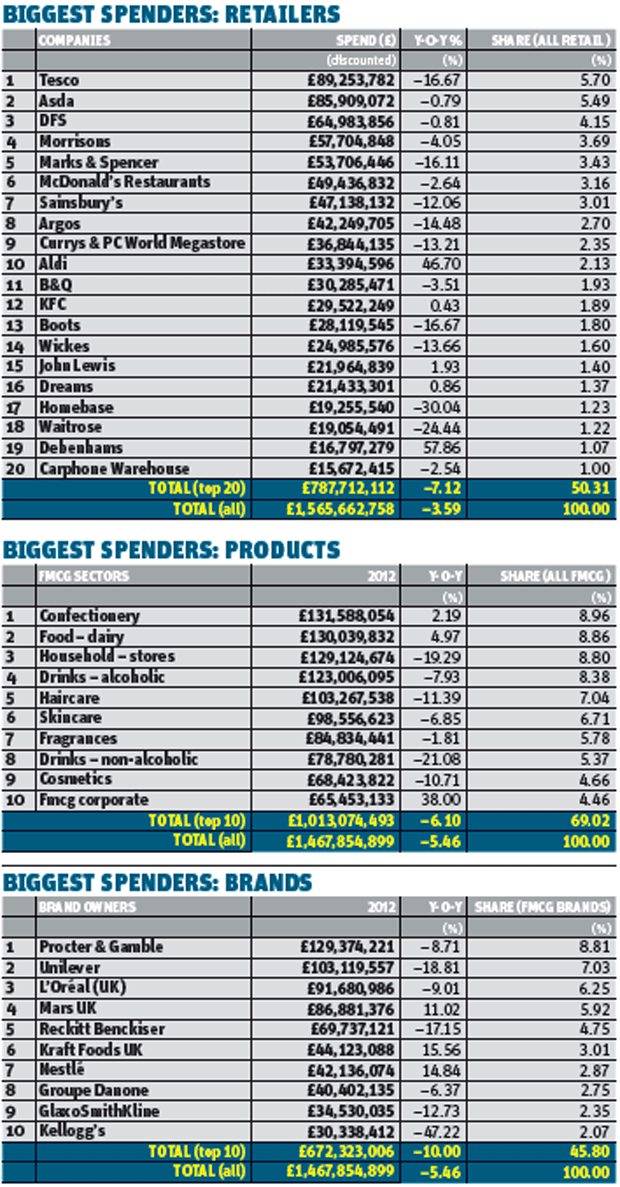
Augmented reality
Similar interactive tools that drive engagement include Aurasma and Blippar, image-recognition apps that interact with TV, print and product packaging. Consumers use smartphones to scan an image and additional content is delivered. To date, Blippar and Aurasma have produced campaigns for Tesco, Kellogg’s, Unilever, Nestlé, Heinz, Diageo and Cadbury.
“It’s about brands testing opportunities to squeeze more out of traditional media,” says Carat associate director Mike Williamson. “Some brands will always stick to what they know works, but we are trying to find ways of using traditional media differently. And it’s not just TV, print is evolving too.”
Perhaps the most memorable recent use of combining technology with print was when McCain launched its bus stop poster ads for its microwaveable jacket potatoes in February 2012. Hailed as “genius” by advertising website The Drum, the posters emitted not just heat, but also the aroma of a freshly baked buttery spud. Not only that, they dispensed money-off vouchers to give that final push to hungry customers sold on the idea.
“We’re adding a whole new meaning to try before you buy,” said McCain head of brand Mark Hodge, adding that the revolutionary combination of heat, smell and a money-off voucher was designed to echo the revolutionary concept of a microwaveable jacket potato that wasn’t a soggy mess.
Away from new technology altogether, other emerging trends in advertising include fmcg giants like Unilever and P&G promoting their corporate brand alongside their consumer brands. Carlton says both companies believe their “marques stand for quality and credibility and are working on the hypothesis that consumers happy with one product will be more likely to trust and try another from the umbrella brand”.
He also points to the cheekier process of “news-jacking”, which ranges from brands like Marmite launching Ma’amite to help ‘toast the Queen’s Diamond Jubilee’, to Lynx jumping all over Prince Harry’s memorable weekend in Las Vegas last year. Lynx apologised sincerely for the incident, blaming the seductive power of its body spray for the abundance of naked young women surounding the grinning Prince.
The upshot is that the rise of online viewing or distracting second screens may have no impact on the ads we are bombarded with every day. In fact, ironically, they may make it even harder to avoid them.
Better engagement
If you reach for your second screen during the break, chances are you’ll find just as many ads there as on the TV - though you’ll probably be more receptive to them seeing as you’ll only be shown ads for things you like. And as interactive technology becomes increasingly prevalent, the reason you reach for your smartphone may not be to distract you, but to actually engage with what’s being shown on TV.
If you’ve taken to watching online, you might know that so far, Netflix has avoided including advertising - although observers suggest it may have to go the way of online rivals like Hulu, which is doubling subscribers year-on-year. Hulu has no such reservations, saying it “celebrates advertising”, which helps it to keep subscription prices down. It even has plans to produce programmes in conjunction with brands, which will pay to produce shows in return for their content being featured in the plotlines.
So one way or another, consumers are going to see ads, even if they’re trying their hardest to avoid them. Not only that, if brands and retailers get up to speed with new technology and exploit it to its maximum ability, their ads could become more powerful than ever. Nothing is dying, it’s just evolving. In fact, has there ever been a more exciting time to plug a product?








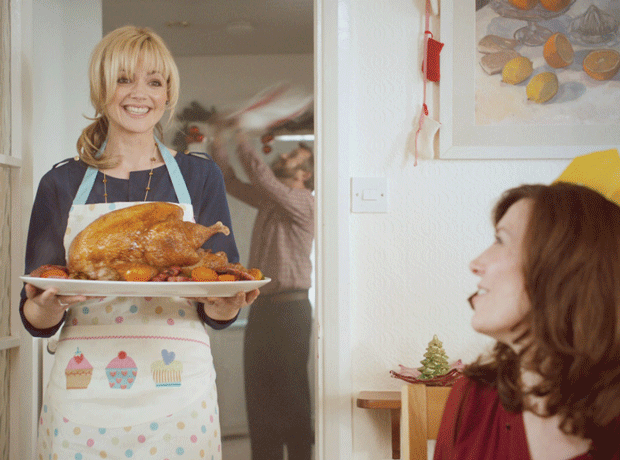
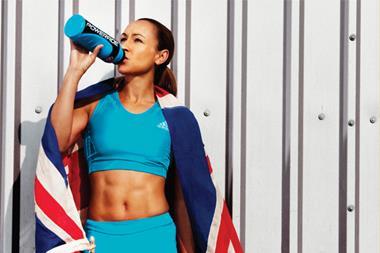







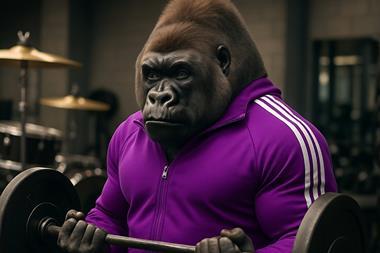
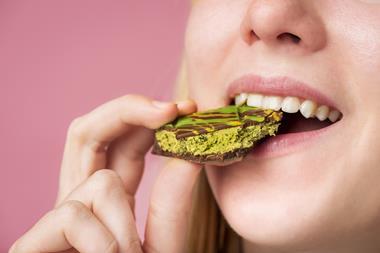
No comments yet